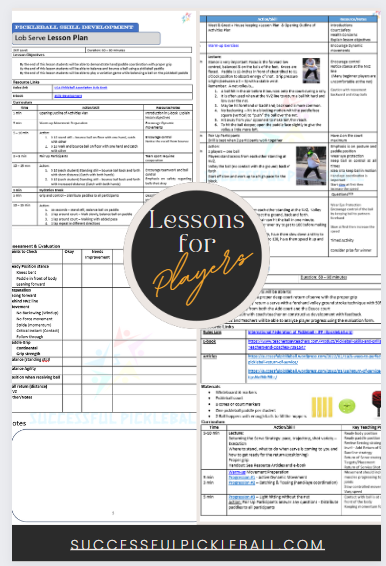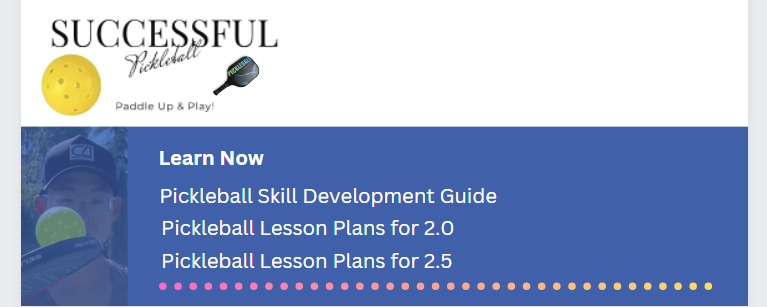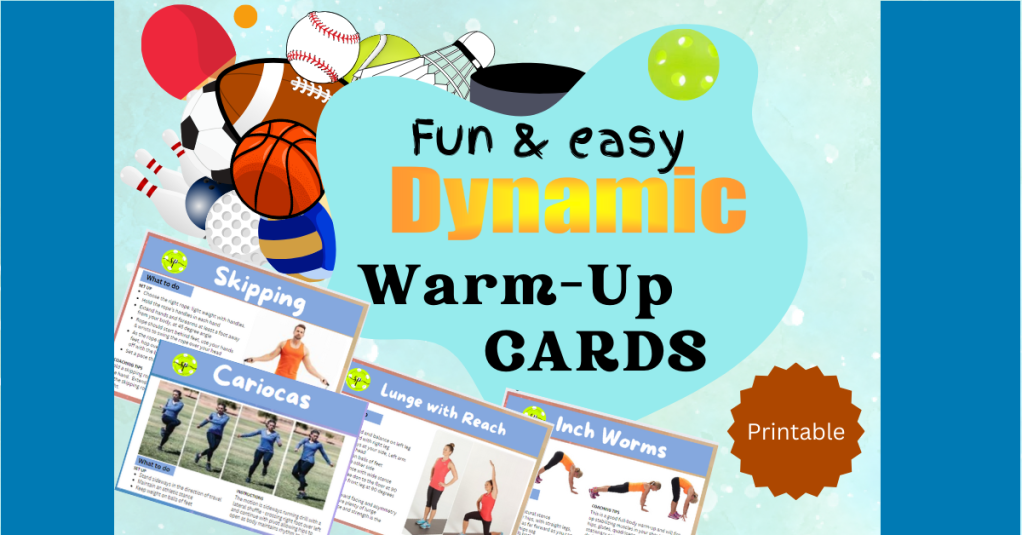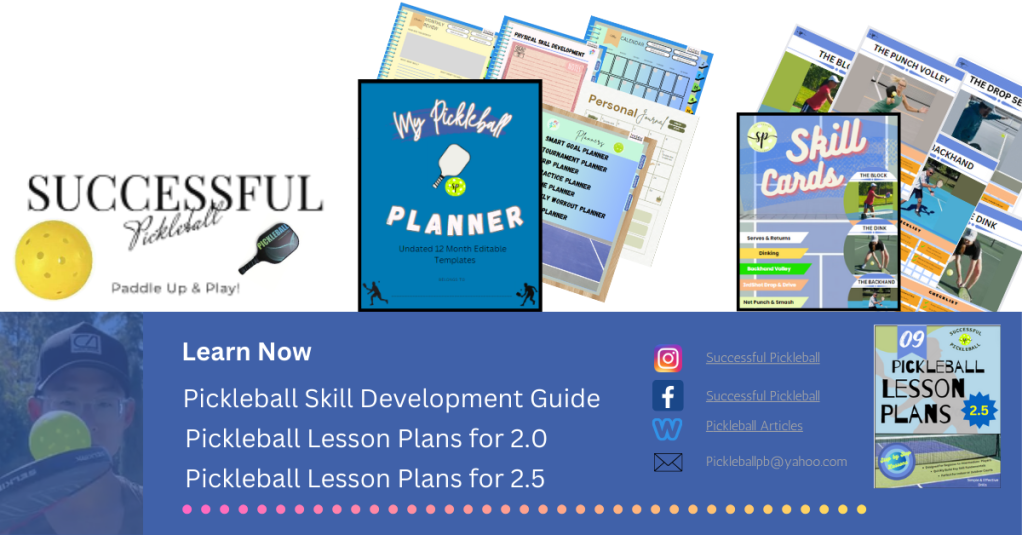Physical preparation depends to a large extent on training. Sound training depends on knowing how training works and how it affects your performance. Physical preparation also depends on planning. Developing your energy systems systematically plays a key role in of competition preparation.
Al training has a couple things in common, physical changes due to the right kind of demands performed, and tactical approaches due to adaptation. There are five areas of focus necessary to to optimize physical preparation – intensity, work time repetitions, volume, pause periods, and routine repetitions.
The relationship between work time and pause periods is an important factor in training. This relationship is called the work/pause ratio. It is a simple calculation – equal to the work time divided by the pause period.
Example
Training is done to overload for 10 seconds and rest for 50 seconds – the work/pause ratio is written as 1:5.
When an athlete is training over a week, consider a work/pause ratio of three workouts per week for improvement. Implementing rest days for recovery. The intensity of the workouts should vary – heavy then light as recovery from hard workouts generally takes 24 to 48 hours.
When athletes are considering physical preparation over a season, planning and monitoring development over time is the key focus.
12 Principles of Training
Frequency – training is spread over a relatively long period.
Overload – Intentionally stressed above current limits.
Duration – Total time spent at overload levels to produce training effects.
Specificity – The training chosen must be capable of producing the specific effects desired.
Progressions – The intensity of workouts must increase in a gradual and logical progression.
Monitoring – Specific to the sport, allows for reconciliation of planning based on performance.
Effects – Periods of rapid gain usually interspersed with plateaus or even relative declines in performance.
Adaptability – flexible planning that accommodates individual differences.
Overtraining – Workouts are too hard or too frequent.
Reversibility – Training effects are reversible. When workouts stop, are too far apart, or aren’t stressful enough – performances may get worse.
Maintenance – A simple routine.
Goal Setting – Important practice for effective progress in training.
The Three Energy Systems
Anaerobic alactic, Anaerobic lactic, Aerobic energy systems that provide the muscles with the energy to sustain or repeat intense effort.
Anaerobic alactic energy system requires no oxygen and uses the energy stored in the cell for fuel, produces no lactic acid, and is the main source of energy for activity lasting up to 10 seconds. The Anaerobic lactic energy system also requires no oxygen but uses carbohydrate for fuel, produces lactic acid, and is the chief source of energy for activity lasting between 10 seconds and 2 minutes. Aerobic energy system needs oxygen, uses fats and carbohydrates for fuel, produces no lactic acid, and is the main source of energy for activity lasting more than 2 minutes.
Different energy systems are called into play in different sports depending on the energy demand. This is sometimes referred to the aerobic/anaerobic split. Three factors that determine what energy systems are called into play; work time (how long athletes work without rest), work intensity (how hard athletes work), and the work/pause ratio (how long athletes work relative to how long the pause.
Many sports call for intermittent effort – working in a burst, recovering, bursting again, and so on. In summary, it is important to choose the right training methods in order to develop the right approach based on the energy system being used.
Physical Performance Factors
It is also very important to have a basic understanding of five physical performance factors that affect performance in sport: endurance, strength, power, speed, and flexibility.
Endurance: is the ability to sustain or repeat intense effort.
Strength – the ability to apply great force.
Power – the ability to produce explosive force.
Speed – the ability to move the body rapidly.
Flexibility – The range of motion of body parts.
Every sport requires different combinations of strength, power, and speed so a training program requires specific combinations to develop. There are also three types of flexibility common in sport. Dynamic active, static active, and passive flexibility. Flexibility training can increase the range of motion about a joint – up to the limits of that joint.
Flexibility
Flexibility training is based on three principles:
- When muscle tension is reduced, flexibility increases and achieved with Slow Static Stretching.
- When force is applied to increase range of movement, flexibility increases and achieved with partner stretching.
- When connective tissue (muscle, sheaths, and tendons) are lengthened, flexibility increases and achieved with a technique called PNF or proprioceptive neuromuscular facilitation.
Warm Up & Cool Downs
When muscles are cold, the feel thick, stiff and are hard to move. When muscles are warm, they feel thin, flexible and easy to move. To perform in an optimal way, athletes need to be warmed up before they compete or train and cool down after.
Proper Components to a Warm Up
Progressive Vigorous exercises heat up the body especially in the deep parts of the muscles and joints while getting the body energy systems ready to work. These exercises include rhythmic large muscle activities such as jogging, skipping, or full body calisthenics. These exercise should start out slow and steady with an increase of pace until a light sweat – raising the body core temperature one degree, and continue for for at least four or five minutes.
Stretching exercises stretch the muscles and prepare athletes for training while stimulation exercises rehearse the skills athletes will be called upon to perform during the training or competition. The exercise should be done in a controlled, structured way to prepare for the basic movements of the sport.
Tips on Warm Ups
- Be Systematic. Start at the head and move down or start at the core and work out toward the hands and feet.
- Vary exercises to avoid monotony.
- Establish a warm-up routine with sport specific exercises.
- Do more if unsure if you have captured enough muscle groups.
Cool Downs
Every practice and competition should end with a cool-down. This phase has 2 components: progressively less vigorous to assist the body to return to a resting state and stretching to assist with flexibility, ease out of strenuous activity, reduce heart rate, decrease injury, and promote blood flow.


On Sale Now for a limited time $16.99 Templates Only $9.99










































